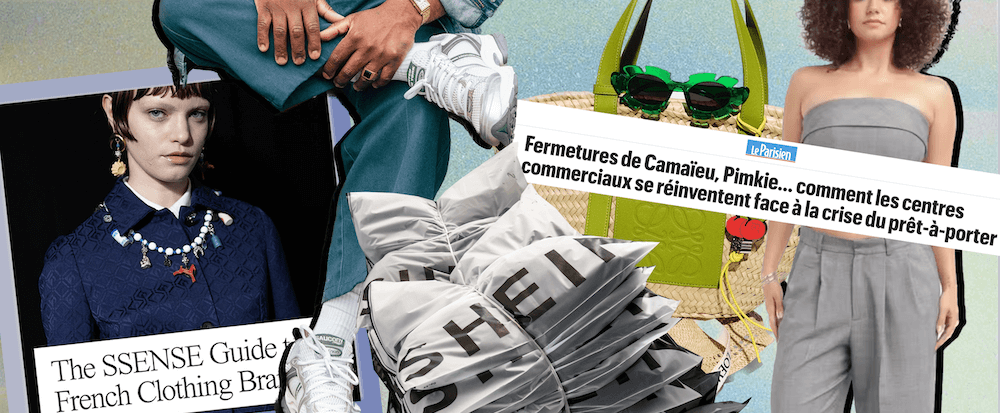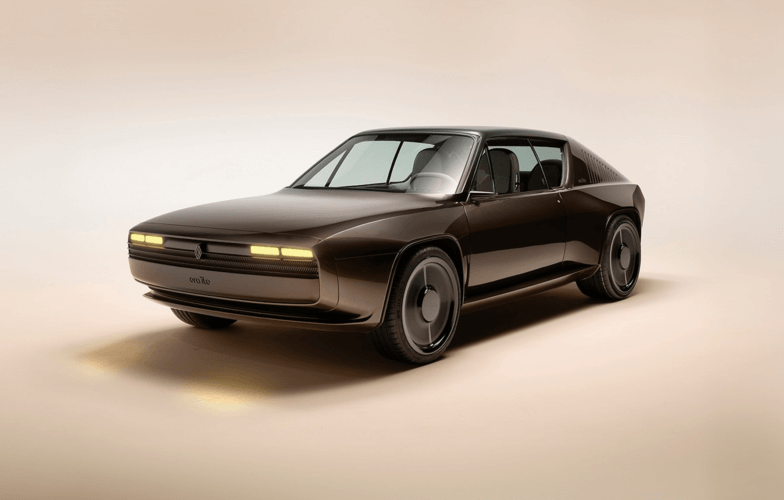
Is the entire fashion sector in a crisis? (Spoiler: no)
DecodingsSince the 90s, fashion has followed the trends, and what was on trend sold. It was straightforward and easy, but it’s not true anymore.
Many of the brands that followed that paradigm are now facing major financial difficulties. They hadn’t understood that being in fashion is fine, but anticipating societal changes makes for long term viability.
The consequences have been serious with receiverships, lay-offs, etc.
Brands have been challenged by low-price leaders such as Shein and Temu; DNVBs (digital native vertical brands) haven’t known how to translate their digital expertise into the physical world; and wholesalers haven’t been able to shift from very efficient multibrands to desirable brands with meaning.
Voir cette publication sur Instagram
Advertising as we know it doesn’t work anymore, and for good reason. Consumers are ultraconnected and sometimes more expert than the brands themselves. They understand the mechanics of business, denounce dishonesty and no longer identify with brands.
By spreading themselves too thin and always trying to sell more, many traditional brands have become unfocused and out of touch with what their customers want.
And finally, with 14.4% of French living below the poverty line (Insee) and inequalities constantly deepening, fashion is last in line for household budgets. Price, in fact, is the top purchasing criterion, followed by quality and then design … with CSR concerns far behind.
To survive today, brands have to ask themselves who they are and what their purpose is. They need to move beyond their products and find out what else they can offer and to define their place in society, because they have a role to play.
Take the Hotêl Mahfouf example:
Following the “flop” of her first collection (having millions of followers isn’t enough), Léna Mahfouf presented the 20-piece “Every Situation,” a collection that targets her (mostly young with a limited budget) audience and lets them have fun without overconsuming.
The designs can be worn three, four or even five different ways, which stimulates creativity and is part of the “wear them wrong” trend (transforming clothes by wearing them in different ways on the body).
Voir cette publication sur Instagram
In our “Hot Brands: the Recipe” study we analyzed the factors that make brands successful.
What is a “hot” brand?
It’s defined by its ability to form deep bonds with its audience using four types of connections: cultural, emotional, symbolic and ethical.
And to stay hot, relevant and desirable, brands need to work on 10 axes for creating long-term value:
- Relevance: Respond to consumers’ deep aspirations and the current era.
- Curation: Select, editorialize and showcase instead of increasing volume.
- Expertise: Be recognized as a reference in one’s domain and use a strategy of constant improvement.
- Heritage: Celebrate the brand’s heritage, universe and story.
- Representation: Have a strong face or story and express human qualities.
- Rarity: Create a feeling of exclusivity and know how to create need.
- Extension: Develop beyond the core business and discover new vertical directions.
- Contribution: Choose the right battles and target a tangible, concrete impact instead of issuing grand declarations.
- Co-create: Prioritize collaboration, mutual assistance, partnerships and the complementarity of professions to find common solutions.
- Make known: Show behind the scenes, communicate about activities with effectiveness and transparency.
Every brand can become “hot,” they just need the right advice.
Would you like help?
Contact Marie Dupin, NellyRodi Business Director: mdupin@nellyrodi.com



